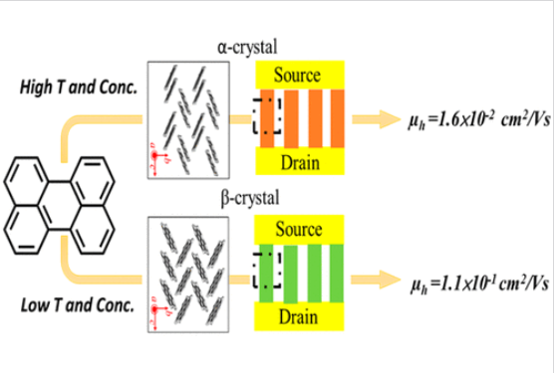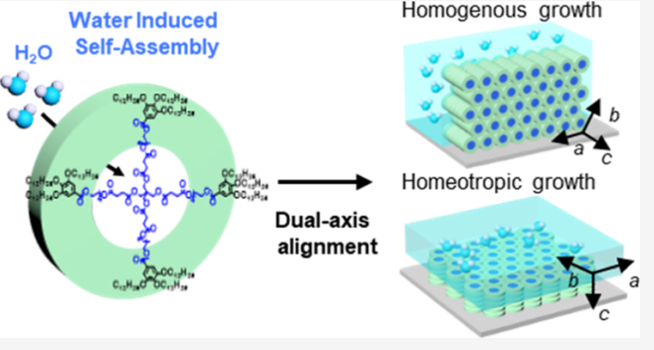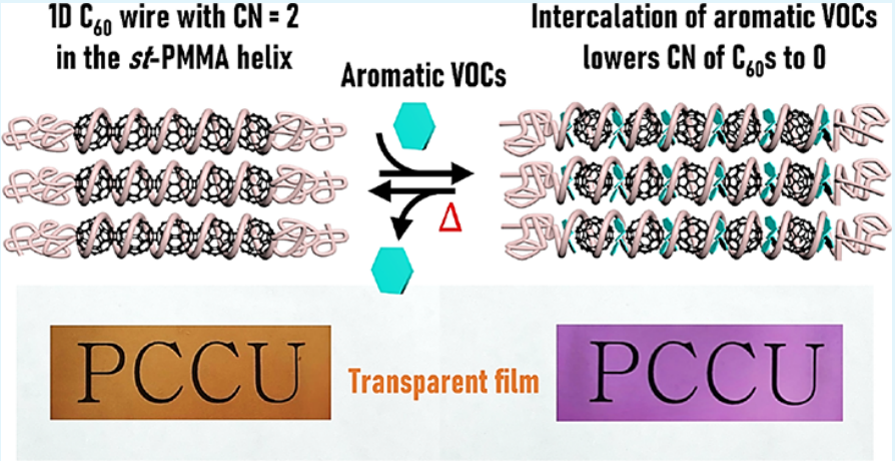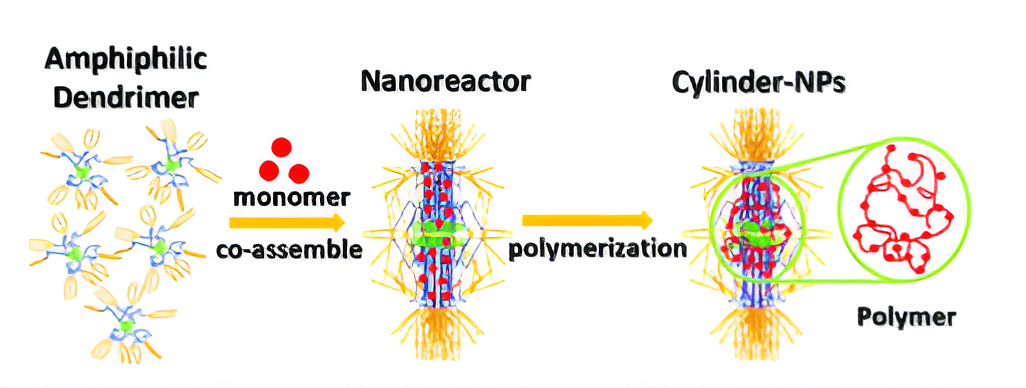Intercalation of Fe-montmorillonite for developing nacre-inspired flexible all-solid-state supercapacitor with circular economy approach
Xu-Feng Luo, Fang-Yu Hsu, Ying-Hsueh Gan, Chih-Wen Pao, Ming-Tao Lee, Chun-Chieh Wang, Jhih-Min Lin, Chun-Yu Chen, Kuan-Yi Wu**, Wei-Tsung Chuang

ABSTRACT
The concept of circular economy has gained attention for developing environmentally friendly and sustainable next-generation flexible supercapacitors. Montmorillonite (MMT) has been used to intercalate Fe ions (Fe-MMT) in designing an asymmetric flexible all-solid-state supercapacitor (FASC). The negative electrode was fabricated using PEDOT:PSS, and the positive nanocomposite electrode was made of Fe-MMT, PEDOT:PSS, and PVA, along with a gel electrolyte. Fe-MMT exhibited redox properties, allowing for the reaction of Fe2+/3+/Fe3+ during the charge discharge cycle, as measured through in-situ X-ray absorption near-edge spectroscopy combined with cyclic-voltammetric measurements. The Fe-MMT nanocomposite exhibited a unique hierarchical nacre-like superstructure, characterized by synchrotron-based transmission X-ray imaging and X-ray diffraction, providing outstanding stability of the charge-discharge cycle under dynamic twisting and high-throughput channels to enhance charge diffusion. The maximum power density achieved was 2181 W kg− 1 at 0.83 W h kg− 1 , and the maximum energy density was 3.27 W h kg− 1 at 549 W kg− 1 . The active cations of the MMT-based electrodes could be further acquired from wastewater recycling, making this an eco-supercapacitor according to the concept of the circular economy. The use of MMT as a cation-exchange material demonstrates its potential for environmentally sustainable energy storage applications.
KEYWORDS: flexible all-solid-state supercapacitor, sustainability, circular economy, hierarchical structure and bioinspiration.





